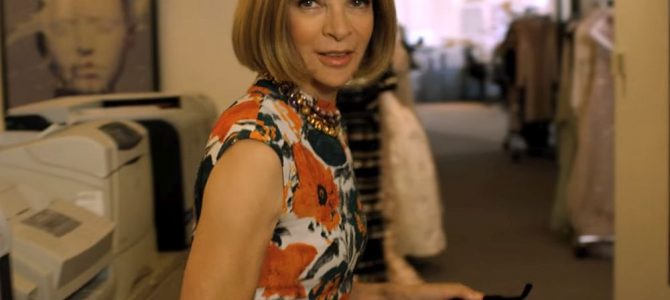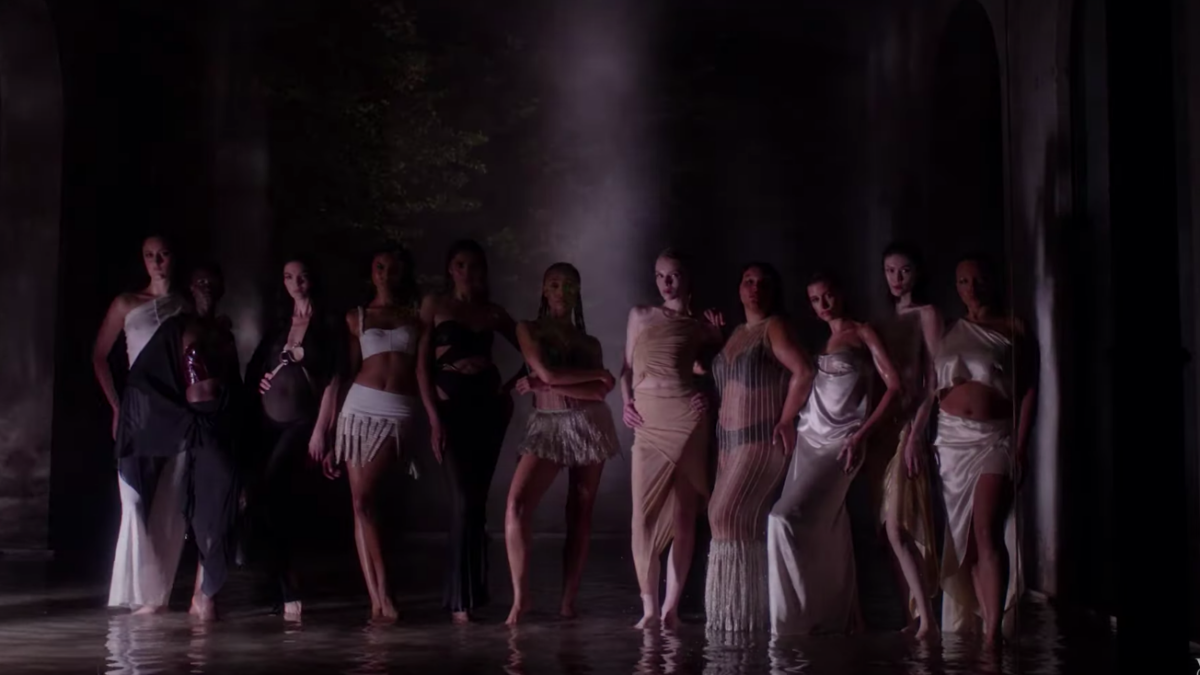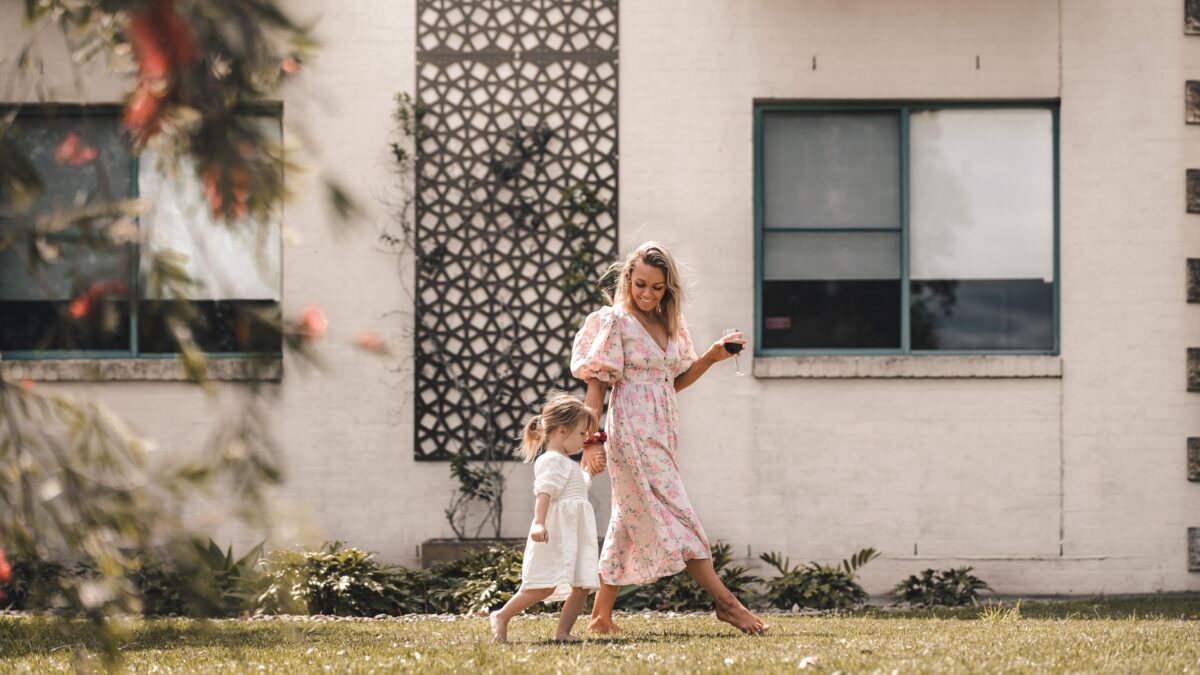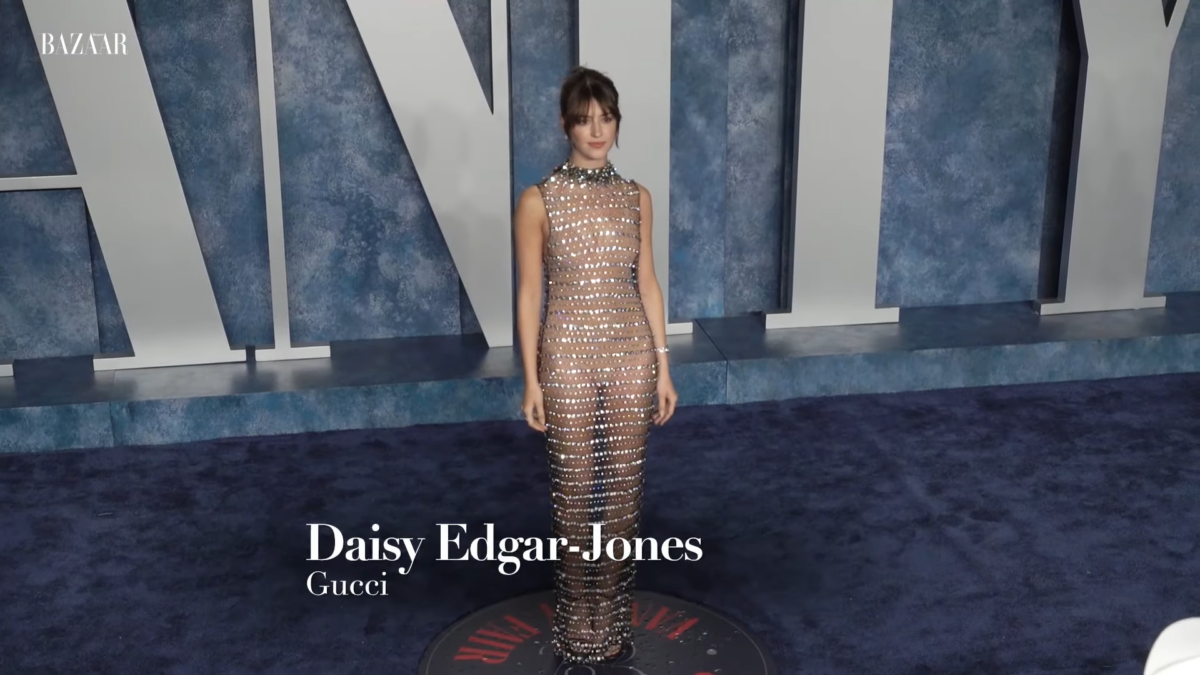
New York Fashion Week is changing for the better, with top designers finally realizing that to “talk the talk,” they must “walk the walk.” Unlike past renditions of the week-long fashion frenzy, this year’s star-studded event featured “real women” boasting an array of sizes, shapes, and ethnicities.
Take J. Crew, for example, which filled its runways with “students and parents and grandparents; professionals, artists, teachers and activists,” according to creative director and president Jenna Lyons.
“[W]e chose a different approach with the models for this show,” Lyons explained. “They are friends of the brand, members of our team and all people we admire. They range in age from 13 to 70, with style from classic to eclectic.”
FTL Moda, a children’s clothing label, made history by inviting the first-ever teen with Down Syndrome to participate in the brand’s runway show. The teen, 15-year-old Jude Hass of Texas, said the gig “made me proud.” “I love it,” he added.
Then there’s Christian Siriano, who’s been credited with starting the “inclusive” trend. This year, Siriano didn’t stop at casting five women size 12 and above in his runway show—he designed clothes that actually fit them, and made them look amazing.
“Everybody is shocked by things that are different,” he told NBC’s “Today Style.” “It’s different now, but it will be normal one day.”
This is all a welcomed change, and long overdue. According to research, the average clothing size for women is between sizes 12 and 14—a far cry from the totem poles typically invited to New York Fashion Week. The terrible precedent the industry’s top designers have set is perhaps the reason plus-size women are so widely ignored. According to research from Washington State University, designers pay such little mind to these women that they often wear men’s clothes when they work out. (How motivating?)
Adding a few full-figured women to this year’s runway shows is a step in the right direction, but it won’t change history. Fashion has long been hostile to normal folk, and there’s little indication the latest Fashion Week is anything but an anomaly.
The Fashion Industry’s Ugly Past
Fall 2016 New York Fashion Week kicked off with a massive fundraiser benefiting Democratic nominee Hillary Clinton. The event, called “Made for History Fashion Show,” was co-hosted by Clinton’s top aide Huma Abedin and the queen of fashion herself, Vogue editor Anna Wintour.
The hypocrisy of the event is astonishing. Despite being a major reason the fashion industry has such an ugly past, Wintour and her liberal designers celebrate Clinton’s so-called “inclusive” values. Yet if Clinton and her team really cared about promoting policies that are good for women and different ethnicities, a fashion event is the last place she should be.
Tickets for the event sold for as much as $25,000, and attendees included Michael Kors, Tory Burch, Diane von Fustenberg, and Joseph Altuzarra. (Yes, that’s the same Joseph Altuzarra who caused a firestorm when his collaboration with Target conveniently forgot to include clothes for plus-size women.)
The reality is, Wintour and her ilk are far from open-minded. They are a big reason a whopping 85 percent of women aren’t happy with their bodies, and why some 20 million women suffer from eating disorders. The hypocrisy spills right into their politics. Similar to how Wintour body shames women for being fat, she infamously told told a crowd back in 2012, “Everyone here better be a Democrat, no Republicans!”
New York Fashion Week might finally be changing for the better, but it’s still the epicenter of America’s problems with fashion and beauty. For so long, there’s only been one standard. If you didn’t fit that mold, it’s your problem—not theirs. Even Oprah didn’t get a free pass. At Wintour’s request, she went on a “stringent diet” before appearing on the cover of Vogue. Wintour later bragged about Oprah’s weight loss on “60 Minutes,” calling her a “trooper” for following her “suggestion.” If Oprah can’t get away with having curves, who can?
The fashion industry’s problems don’t stop with women’s weight. Historically, fashion designers have refused to hire models of color. Many called it racist. Models with curves? Unheard of. The problem got so bad that one organization started publishing “diversity reports.”
Yet these very designers are now patting themselves on the back for being (a little bit) inclusive at this year’s New York Fashion Week, hosting and attending events called the “Made for History Fashion Show.” They’re priding themselves on supporting a candidate who campaigns on “making history a little more inclusive,” despite being the reason a child with Down Syndrome has historically never been considered beautiful enough to walk down a runway.
Let’s be real. There’s no shortage of mirrors in the fashion industry. These designers are simply too shallow to see themselves as the pigs they really are, because doing so would require addressing their own intolerance—and applying a whole lot more lipstick.









